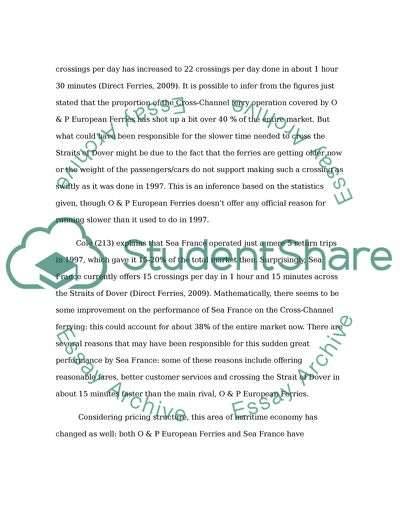Cite this document
(The Economic Characteristics of Passenger Ferry between England and Case Study, n.d.)
The Economic Characteristics of Passenger Ferry between England and Case Study. Retrieved from https://studentshare.org/macro-microeconomics/1723015-maritime-economics
The Economic Characteristics of Passenger Ferry between England and Case Study. Retrieved from https://studentshare.org/macro-microeconomics/1723015-maritime-economics
(The Economic Characteristics of Passenger Ferry Between England and Case Study)
The Economic Characteristics of Passenger Ferry Between England and Case Study. https://studentshare.org/macro-microeconomics/1723015-maritime-economics.
The Economic Characteristics of Passenger Ferry Between England and Case Study. https://studentshare.org/macro-microeconomics/1723015-maritime-economics.
“The Economic Characteristics of Passenger Ferry Between England and Case Study”. https://studentshare.org/macro-microeconomics/1723015-maritime-economics.


